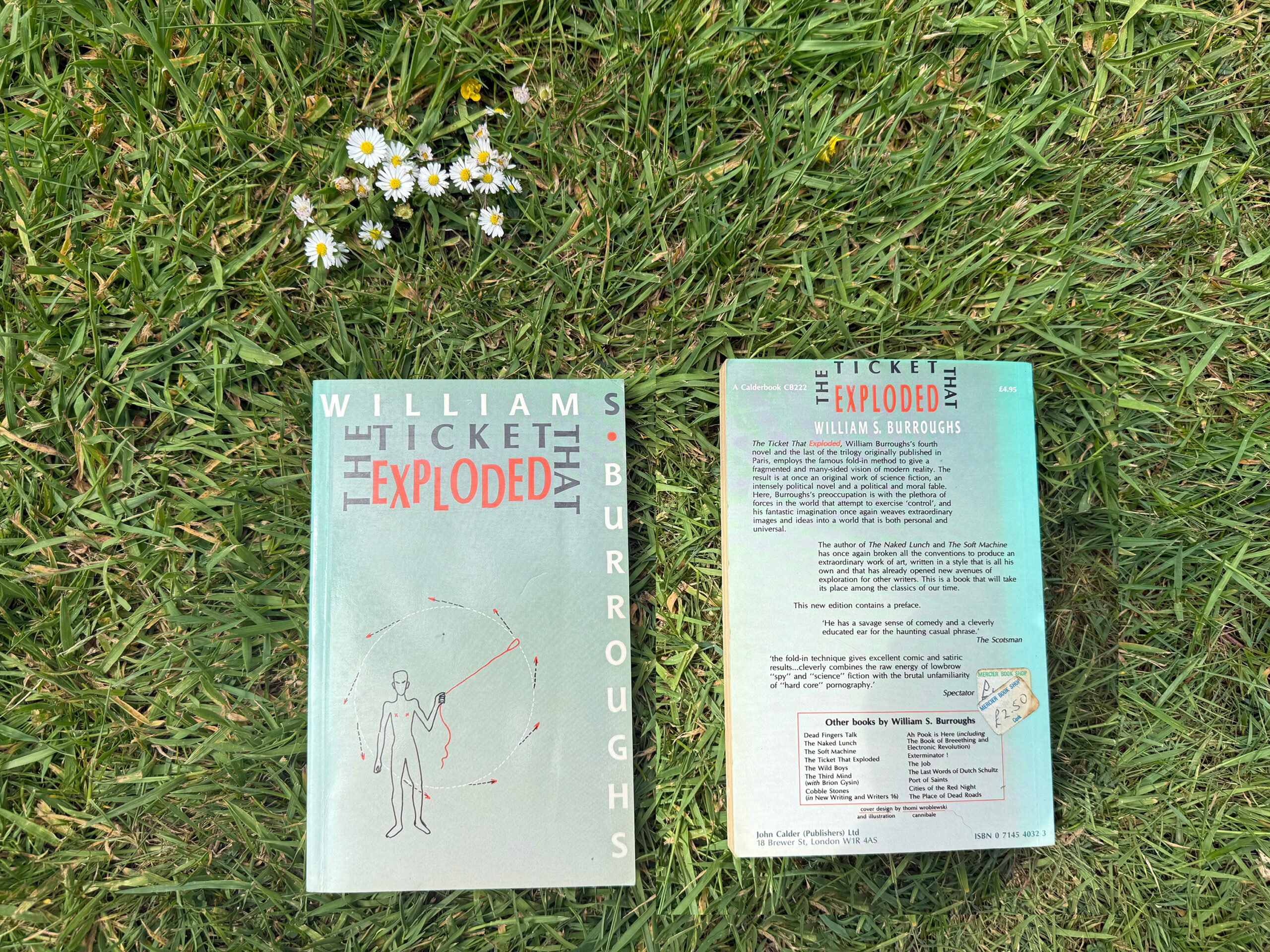I was first introduced to collage not through image, but through text. In 1986, I came across The Ticket That Exploded by William S. Burroughs in the Mercer Bookshop – then tucked beneath the Boole Library at University College Cork. That book, and the “cut-up” technique it used – pioneered by Burroughs and artist Bryon Gysin – fundamentally reshaped my understanding of how narrative and image could be constructed. Words were no longer fixed. Sentences could fold, collide, and reveal unexpected meaning.
That conceptual elasticity inspired me to try the same with visuals. I began making collages, initially with scissors and glue. Today, I mostly work digitally. Some of my pieces — especially those in my mannequin series — are built entirely from my own photographs. Others begin with a stock image (often from platforms like Envato) and evolve through layers of texture, manipulation, and contradiction.
Everything — except what is made by the divine – is derived from something else. Art, like language, is layered: materially, emotionally, historically, culturally. We inherit influences and remix them, consciously or not.
A sharp example of this layering is Ai Weiwei’s Dropping a Han Dynasty Urn (1995) – a provocative triptych showing the artist shattering a 2000-year-old vessel. In this work, the “layer” is conceptual: destruction as commentary, questioning how we value tradition, permanence, and progress.
